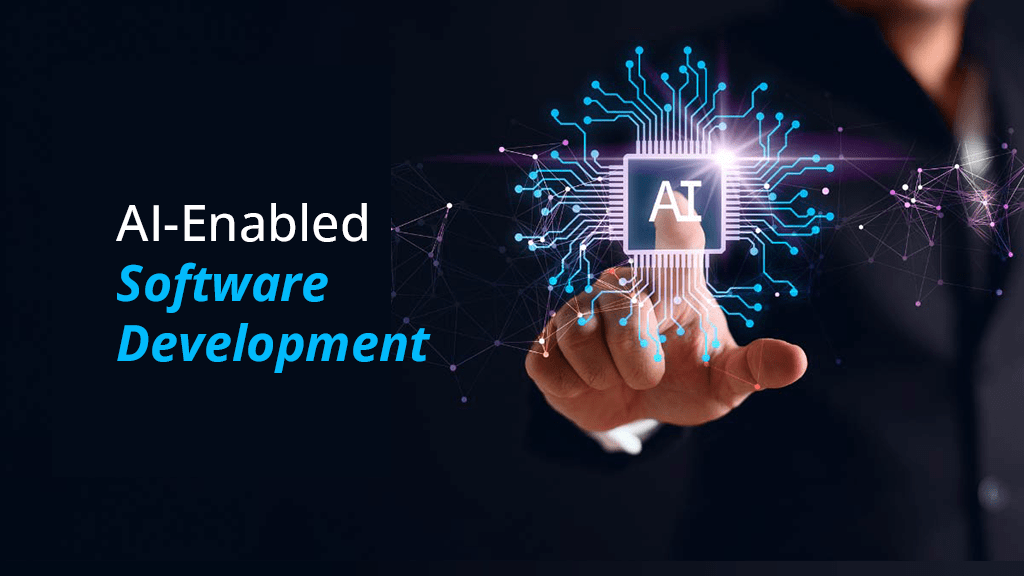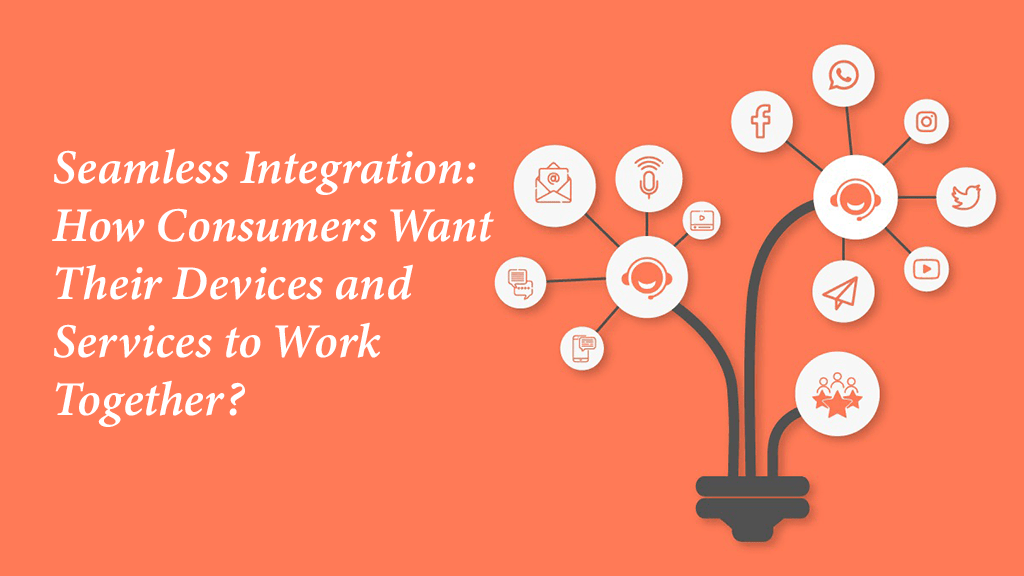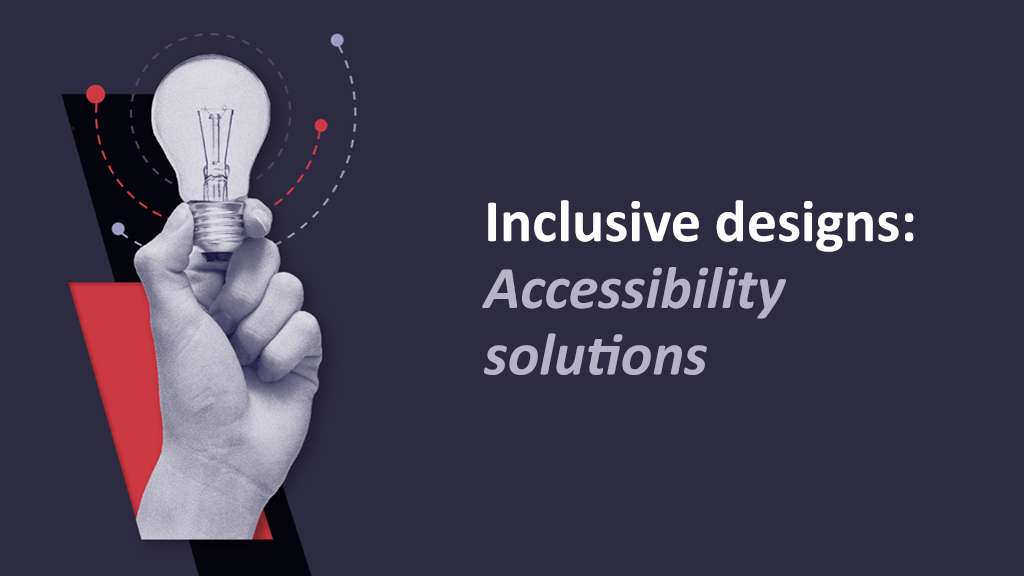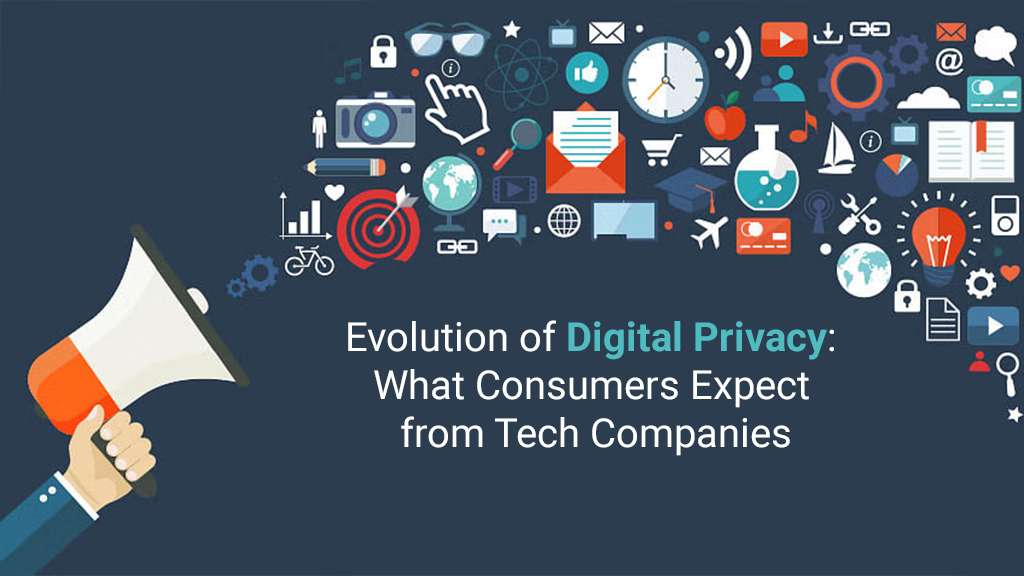AI-Enabled Software Development: Accelerating Innovation and Time-to-Market

Maybe it’s too early to say that it’s an AI-dominated world and we are just living in it!
Still, the day is not far off given how quickly the technological landscape is changing.
Most likely for this reason, organisations are already planning how to strategically incorporate artificial intelligence (AI) into their software development processes.
AI-driven software development integrates AI capabilities into various stages of the software development lifecycle. This process covers everything from design, development, and testing to deployment and maintenance.
In this blog, we explore how AI solutions are revolutionising software development, look at its benefits, challenges, and best practices for making your work more productive.
How AI is Revolutionising Software Development?
Here’s how AI is transforming software development by leveraging technologies like machine learning, natural language processing (NLP), and predictive analytics:
- Automates repetitive tasks: AI automation boosts precision and efficiency, excelling in code creation, bug spotting, and testing. For example, DeepCode is known for its ability to detect errors in extensive codebases, elevating code quality.
- AI management: AI is extremely beneficial in project management and resource organisation. It takes care of the more laborious and time-consuming tasks, which allows developers to focus on significant aspects of their work.
- Accelerate productivity: When repetitive tasks are in automation mode, code errors are immediately found and AI handles the time-consuming tasks, it automatically accelerates productivity in various aspects.
- Improve decision-making: By analysing vast amounts of data, AI algorithms provide valuable insights and suggestions that enable developers to make correct decisions about architecture, feature prioritisation, and performance optimisation.
- Enhance predictive capabilities: AI algorithms forecast possible issues and trends using historical data. Early in the development cycle, this helps the development team to foresee and handle hazards. AI-powered analytics gives the programme more flexibility to adapt to changing market conditions and customer demands, allowing for timely changes that maintain its competitiveness.
- Enables personalisation: By assessing user activity, preferences, and context, AI algorithms allow software to provide customised features, recommendations, and content.
- Cost Savings: Innovation with AI lowers development costs, reduces human error, and improves resource allocation efficiency, all of which result in significant long-term savings.
Challenges of AI-Driven Software Development
Below are some of the challenges that AI-enabled software development must confront:
- Data Privacy and Security: Because AI requires huge amounts of data, much of which contains sensitive information, it poses dangers to security and privacy even though data-driven insights improve software innovation. One major problem is safeguarding data in compliance with regulations.
- Lack of Domain Knowledge: AI can be difficult to use when developing software for sectors that require specialised expertise since, even with its sophistication, it may not be able to fully understand the nuances of some fields. It’s still challenging to match AI solutions with various industry needs.
- Ethical Considerations: The increasing number of functions AI does in software development raises ethical questions. Developers need to think about the ethical implications when AI writes or modifies code on its own. For responsible AI-driven software development, they ought to adhere to ethical standards.
- Unpredictable Creativity: The complex creativity and problem-solving skills inherent to human creators may cause AI’s amazing capabilities to falter. In domains that demand creativity, AI solutions could not have the creative flare needed to produce novel and inventive solutions.
- Integration Complexity: It can be quite difficult to incorporate AI tools into the workflows and practices used in software development today. It takes careful planning and exact execution to ensure that AI is seamlessly integrated into current procedures, instruments, and practices.
- Reliability: It is imperative that AI software be trusted. When AI makes independent decisions, decision-making must be transparent. For developers and users to feel confident, it is crucial to strike a balance between automation and comprehension of AI thinking.
- High Costs: AI-powered software solutions require a lot of resources to develop and maintain, including time, money, and specialised knowledge. Organisations must adroitly navigate the strategic challenge of balancing these costs against the predicted benefits.
- Regulatory Challenges: Rules may need to be updated as AI becomes increasingly integrated into software development. Regulating AI-generated software presents a difficulty in terms of maintaining compliance while fostering faster innovation.
Best Practices for Streamlining AI-Powered Software Development
Here are some key practices to consider for streamlining AI-driven software development:
- Define Objectives: Clearly state the issue that AI will be used to solve, and provide quantifiable goals for the project.
- Data Management: Invest in robust data management practices such as data collection, storage, labelling, and preprocessing. This ensures data quality, integrity, and security throughout all development stages.
- Prototyping & Iteration: Early in the development process, create prototypes to test ideas and get user input. Then, using the feedback, rapidly iterate to hone models and gradually boost performance.
- Model Selection & Evaluation: Keep experimenting and evaluating multiple machine learning models and algorithms until you identify the most suitable solution for the problem at hand. To precisely evaluate the performance of your model, use the right validation methods and assessment criteria.
- Version Control and Documentation: To systematically track changes to data, models, and code, use version control systems (like Git). Keep thorough records of all project objectives, procedures, implementation specifics, and model performance indicators.
- Ethical Considerations: Put policies in place to guarantee fairness, reduce bias, and safeguard user privacy throughout the development phase.
- Monitoring and Maintenance: Create monitoring systems to keep tabs on how deployed models operate in actual environments. Track user input and key performance indicators (KPIs) to quickly identify problems and implement updates as necessary.
Conclusion
In summary, using best practices helps expedite AI-enabled software development and shorten time-to-market by establishing clear objectives, ensuring solid data management, utilising agile approaches, and enforcing ethical norms.
If you haven’t integrated AI into your development process yet, it’s high time you do so!


Seamless Integration How Consumers Want Their Devices and Services to Work Together
July 17, 2024 Read More

